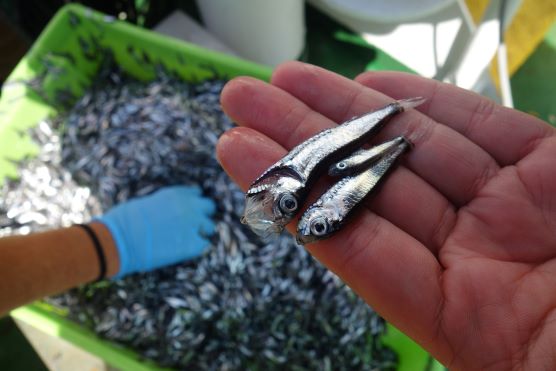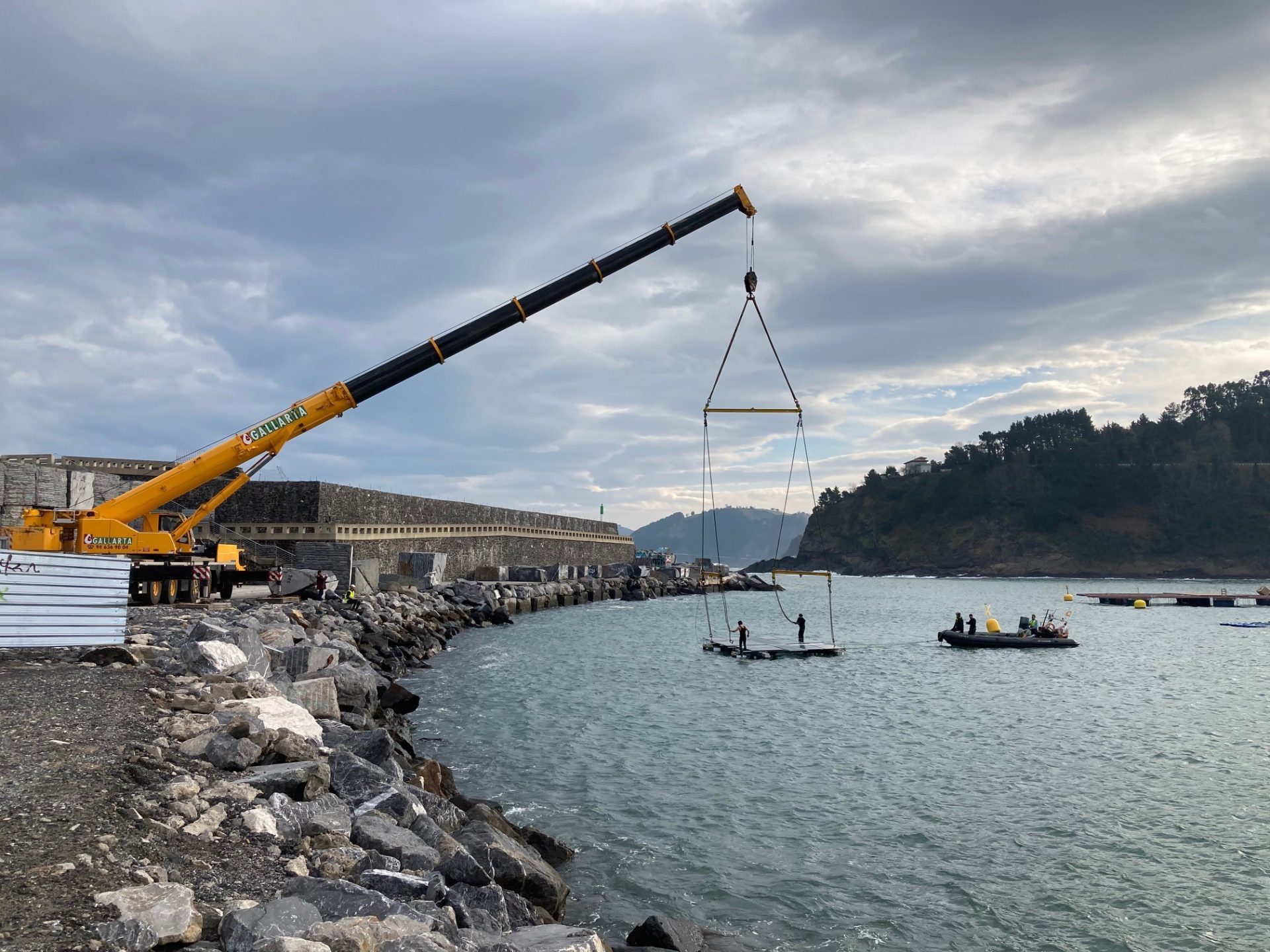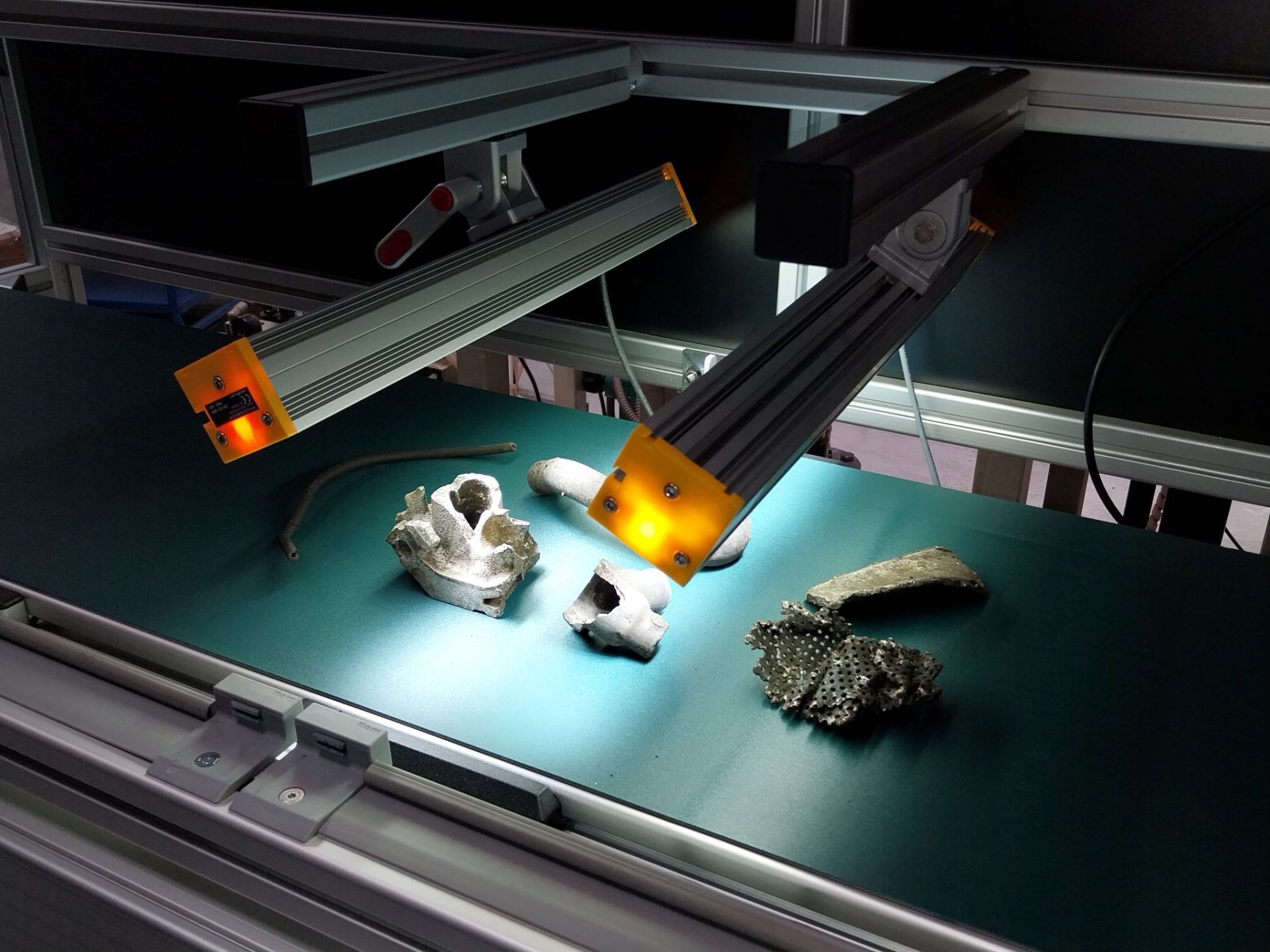Catching fish that live at depths of more than 200 metres can have climatic consequences

European research reveals the importance of protecting the resources of the mesopelagic oceanic zone, located between 200 and 1,000 metres deep.
The study has shown that the daily migrations of mesopelagic species transport approximately 5 billion tonnes of CO2 equivalents per year, highlighting the need for measures to protect this marine area.
The results highlight the potential importance of mesopelagic organisms for pharmaceutical, nutraceutical and aquaculture applications.
The research, carried out over 5 years within the framework of the European SUMMER project and coordinated by the AZTI technology centre, has involved the participation of 22 institutions and has received 6.5 million euros in funding from the European Union’s H2020 programme.
Sukarrieta, 28 November 2024- An international research team has published an exhaustive report that compiles the results of the assessment of the resources of the mesopelagic zone, carried out over 5 years within the framework of the European SUMMER project. This oceanic layer, located between 200 and 1,000 metres deep and extending from the Arctic to the Antarctic, is characterised by darkness and low light penetration, with only 1% of sunlight reaching these depths. This extreme situation limits photosynthesis and creates a unique environment where species have evolved to survive in conditions of high pressure and low temperatures, developing special characteristics that could make this area a potential source of resources for the world’s population.
To shed light on this dark and cold area of the oceans, since 2019 the research team has developed different protocols to estimate the total biomass of this region, establish its role and importance in the food chain, and analyse its role in carbon transfer and sequestration.
Research has shown that mesopelagic fish have a diurnal-night migratory behaviour, rising to surface waters at night to feed, and descending to safer depths during the day to avoid predators. This migration is essential not only for their survival, but also for the functioning of the ecosystem, as it contributes to the transfer of carbon and nutrients to the lower layers of the ocean.
‘The main conclusion we have drawn is that, at present, it is more beneficial to protect this area than to exploit it. It provides essential nutrient and climate regulation services, and supports numerous fish stocks of commercial interest’, says Raúl Prellezo, an expert in fisheries economics at AZTI and coordinator of the project.
Abundance and molecular sources
The research, led by the AZTI technology centre, has estimated an abundant biomass in this area: 1.3 billion tonnes, which represents 87% of the total pelagic biomass and is 15 times higher than the entire oceanic fishery in 2022 (81 million tonnes).
‘Despite this large biomass, the commercial viability of exploiting this area for fisheries is limited. First, because of the wide and dispersed distribution of the fish. Second, because of their small size, which requires processing into fishmeal and fish oil. Third, because of their slow metabolism and low productivity. All this makes them very vulnerable to overfishing,’ Prellezo explains.
The study has also observed how the extreme conditions at these depths have driven the evolution of microbial communities with unique biochemical traits and promising sources of novel molecules.
The SUMMER project has evaluated the antimicrobial activity of some 700 microbial extracts against a variety of human and fish pathogens, as well as human cancer cells. The results highlight the potential of mesopelagic organisms for pharmaceutical applications.
Bacteria that produce omega-3 fatty acids, which are important for the nutraceutical industry and aquaculture, have also been found in fish guts.
‘The cost-effectiveness issues of obtaining fish oil require careful evaluation to determine whether it is commercially viable. However, the selective search for organisms in the mesopelagic zone offers a promising and sustainable avenue for harnessing microbial and chemical diversity for potential pharmaceutical and nutraceutical advances,’ adds the AZTI researcher.
Fundamental ecological role
The research results especially highlight the fundamental ecological role of mesopelagic organisms in carbon transport and food webs, underlining the important social risks of overfishing.
The nocturnal movement of mesopelagic organisms, including fish and zooplankton, into surface waters to feed is the largest daily migration by biomass on the planet. According to the study, 44% of the biomass in this area performs these vertical migrations. This active flux, as the report highlights, represents 1.5 times all CO2 emissions from automobiles globally.
To support the management of the exploitation of mesopelagic organisms, the project has developed a virtual tool that allows stakeholders to interactively experience the impacts of diurnal vertical migrations on the biological carbon pump.
The research team has also quantified the dependence of predators on specific mesopelagic resources and found that all top predators depend to a greater or lesser extent on these resources, making food webs particularly sensitive to the capture of mesopelagic fish.
The SUMMER initiative, backed by funding from the European Union’s H2020 programme, brings together a consortium of 22 institutions led by the AZTI technology centre. This project is distinguished by its cross-cutting and multidisciplinary approach, integrating research staff from different areas such as economics, genetics, microbiology, food and ecosystems. This collaboration allows for a comprehensive analysis of mesopelagic resources, ranging from the evaluation of their economic viability to the study of the bacteria that inhabit these organisms and their potential application in aquaculture. In addition, the initiative has involved the participation of industrial companies that are interested in exploring the potential of these mesopelagic resources from multiple perspectives.




